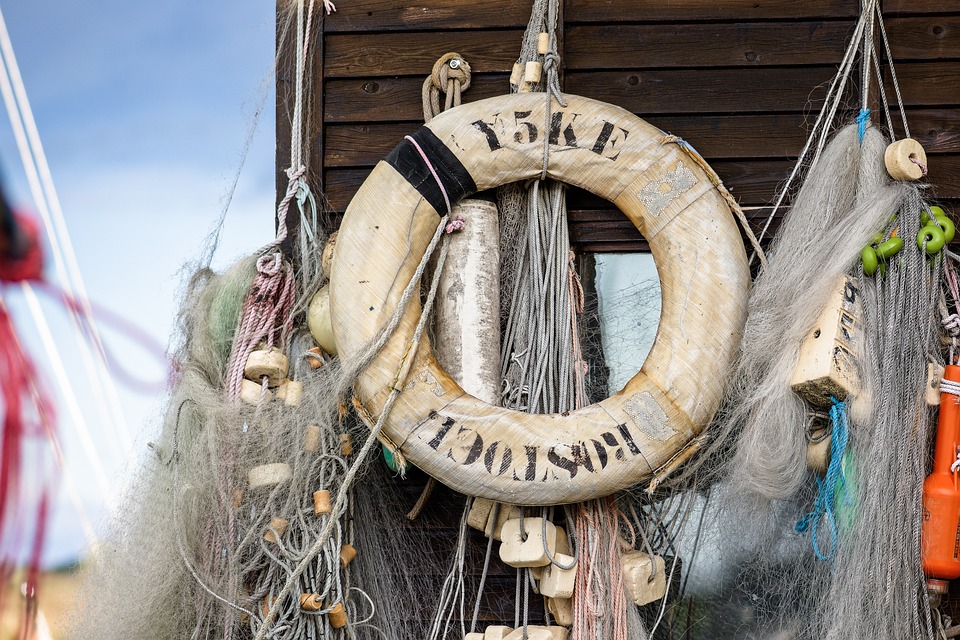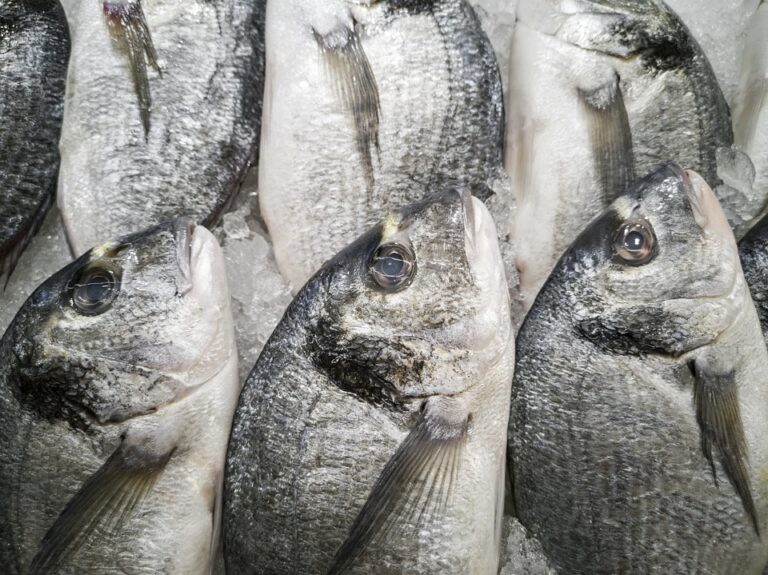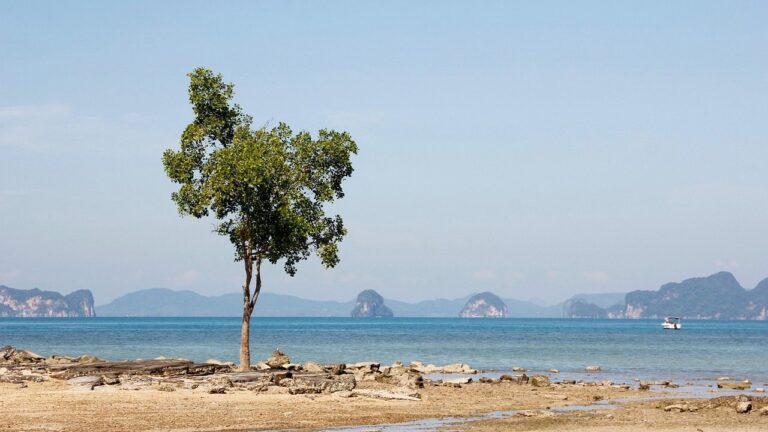Overfishing and Sustainable Fisheries

Overfishing has emerged as one of the most pressing environmental challenges of our time, posing significant threats to marine biodiversity and the balance of aquatic ecosystems.
As global demand for seafood continues to rise, the need for sustainable fishing practices becomes ever more critical.
Understanding Overfishing
Overfishing occurs when fish are caught at a rate faster than they can reproduce, leading to the depletion of fish stocks.
This phenomenon is driven by several factors, including the growing global population, increased consumer demand, and advancements in fishing technology that allow for more efficient, yet often more destructive, harvesting methods.
The Environmental Impact of Overfishing
The consequences of overfishing extend far beyond the depletion of fish populations. It disrupts the delicate balance of marine ecosystems, leading to a cascade of negative effects.
For instance, the removal of key species can alter food chains, affect predator-prey relationships, and lead to the overgrowth of certain species that may be detrimental to the environment.
Economic and Social Implications
Communities that depend on fishing for their livelihoods are also impacted by overfishing. As fish stocks dwindle, fishing becomes less profitable, threatening the economic stability of coastal communities.
Additionally, overfishing can lead to increased competition and conflict over dwindling resources, exacerbating social tensions and undermining food security.
The Principles of Sustainable Fisheries
In response to the challenges posed by overfishing, sustainable fisheries aim to balance the needs of today with the preservation of resources for future generations. Sustainable fishing practices are designed to maintain fish populations at healthy levels, protect marine habitats, and minimize the environmental impact of fishing activities.
Implementing Quotas and Regulations
One of the primary tools used to promote sustainable fisheries is the implementation of quotas and regulations.
These measures set limits on the amount and types of fish that can be caught, helping to prevent overexploitation. Effective regulation requires rigorous scientific research to assess fish stock health and determine sustainable catch levels.
Selective Fishing Techniques
Sustainable fisheries also employ selective fishing techniques that minimize bycatch and reduce habitat damage.
Methods such as hook-and-line fishing, traps, and certain types of nets are designed to target specific species and sizes of fish, thereby reducing the unintended capture of non-target species and juveniles.
The Role of Aquaculture
Aquaculture, or fish farming, has been proposed as a solution to alleviate pressure on wild fish stocks. When practiced responsibly, aquaculture can provide a sustainable source of seafood.
However, it is not without its challenges, such as the potential for disease transmission, habitat destruction, and the use of wild fish as feed for farmed species.
Innovations in Sustainable Aquaculture
To address these concerns, innovations in aquaculture focus on improving feed efficiency, reducing environmental impacts, and developing closed-loop systems that recycle waste.
Additionally, the cultivation of lower trophic species, such as shellfish and seaweed, holds promise for sustainable food production with minimal ecological footprint.
Empowering Consumers and Industry
Consumers and industry stakeholders play a crucial role in promoting sustainable fisheries. By making informed choices and supporting sustainable seafood options, consumers can drive demand for responsible fishing practices.
Industry players, on the other hand, can invest in sustainable technologies and collaborate with regulators to establish best practices for fisheries management.
Certification and Eco-Labeling
Certification programs and eco-labels, such as the Marine Stewardship Council (MSC) and Aquaculture Stewardship Council (ASC), help consumers identify sustainably sourced seafood.
These certifications ensure that products meet rigorous environmental and social standards, providing a means for consumers to support sustainable fisheries through their purchasing decisions.
Conclusion: A Call to Action
The challenge of overfishing is daunting, but not insurmountable. By embracing sustainable fishing practices, supporting responsible aquaculture, and making informed consumer choices, we can protect our oceans and ensure the long-term availability of seafood.
It is a collective effort that requires the commitment of individuals, communities, industries, and governments alike. Together, we can pave the way toward a future where healthy oceans and thriving marine life are not just aspirations, but realities.
Through continued education, advocacy, and innovation, we can inspire change and safeguard the invaluable resources our oceans provide. As we move forward, let us remember that the health of our planet’s waters is intrinsically linked to our own well-being and that of generations to come.






